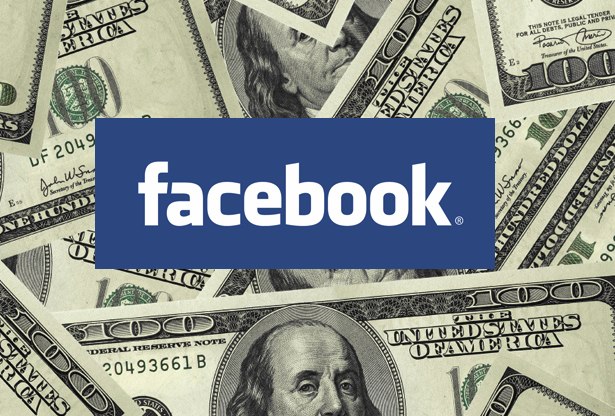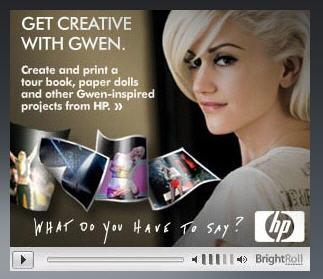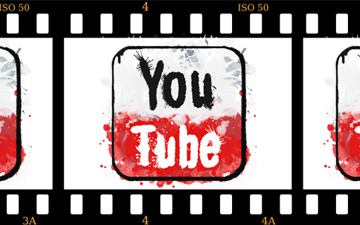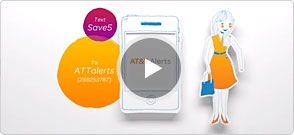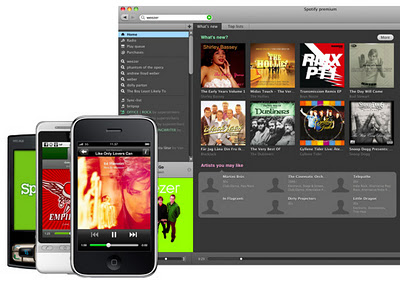Facebook does a lot for its marketing customers, allowing brands and businesses many resources to let them advertise to a huge group of people that they otherwise would not be able to reach. The popular social network is constantly coming up with new and improved ways to get marketers the results that they desire and then give them even more. Many people criticize Facebook’s marketing resources and tools, but the truth is that the social network is the most effective advertising and marketing source for countless businesses, both big and small. Now, once again Facebook has added a little something to bring in better results, with hopes of getting Facebook users to like more pages.
Recommended Pages on Facebook have been around for quite some time, and they have done a pretty decent job at extending the reach of many businesses with Facebook Pages. However, a problem with these Recommended Pages has been that they are missed by many Facebook users while scanning their News Feeds. Essentially, if a user does not see what pages are recommended for their Liking, then the efforts of the marketer are useless. Even though these Recommended Pages are made quite hard to miss, many users will even ignore them as a result of more interesting things happening within the News Feed.
However, with their newly added Recommendations page, Facebook will allow for more clicks to be had by brands and businesses. With a page dedicated to Recommended Pages, there is no way for users to miss them.
As one could imagine, the Recommendations Page resides under the Like Pages link on the left-hand column of the Facebook home page. Upon clicking the link, users are brought to a large list of pages that are recommended to them. For brands or businesses using Facebook Pages for marketing purposes, this is good news, as having your page show up in users’ Recommendations page will guarantee a like from an user looking to Like pages that they are interested in.
In an InsideFacebook article, where the addition of this new little feature was reported, the company writes:
Getting users to Like more pages will help Facebook show users more relevant ads. Even though it’s advertisers who choose their target audience and users who define who they are on the site, the social network often gets the blame when users see ads they don’t relate to.
Although Recommendations have taken the place of the old ‘Like Pages’ page, the main page that used to be in its place still exists, by simply going to facebook.com/pages.
Despite Facebook’s heavy delving into the world of display advertising, their Pages and Promoted Posts from these Pages have probably been their most useful form of marketing that they have offered. A page dedicated to Recommended Pages will be useful, and more likes will almost certainly be seen as a result.


